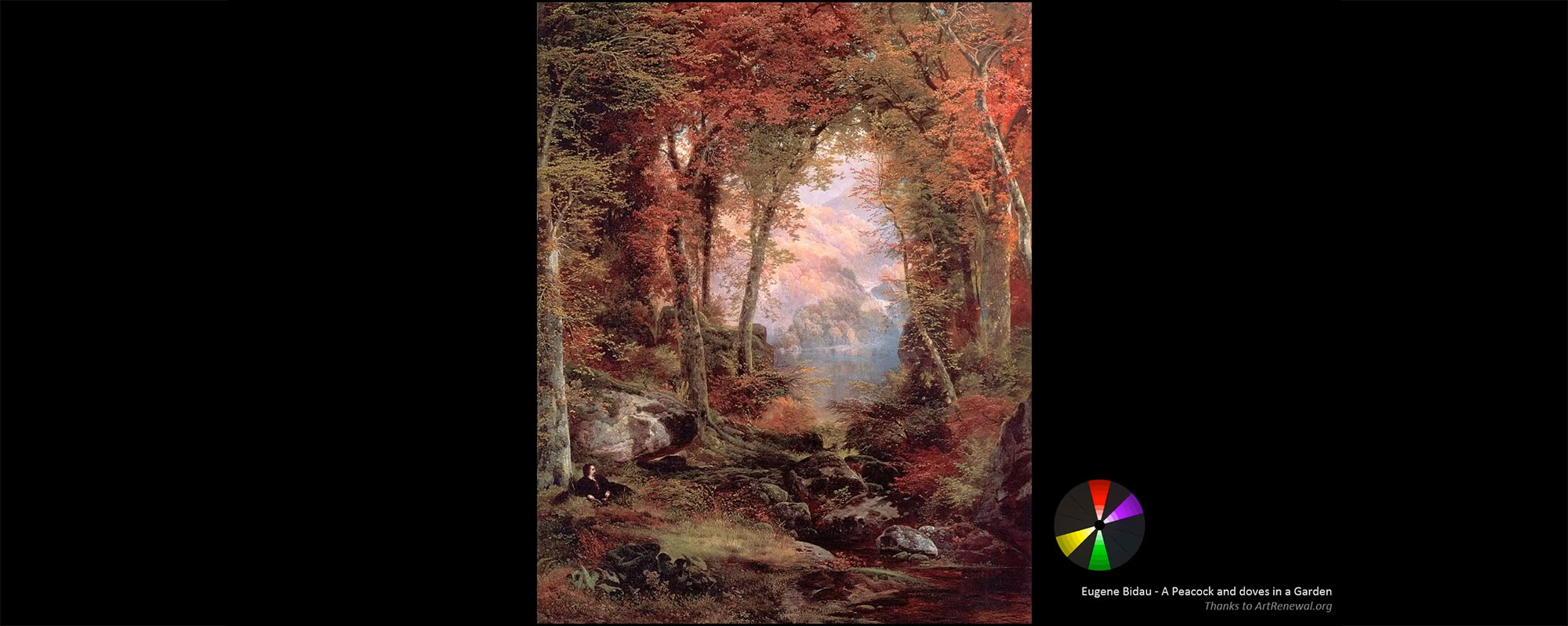Every colours breaks down into three fundamental: Hue, Saturation and Value / Brightness.
With Just Hue, Sat and Value you can create a complex color.

The most basic of color terms

The intensity of the color
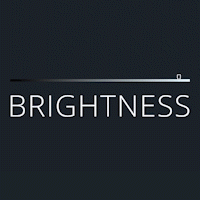
The brightness of a color
Harmony
In color theory, color harmony refers to the property that certain aesthetically pleasing color combinations have. These combinations create pleasing contrasts and consonances that are said to be harmonious.
Basically pertains to the fact that some colors look better together than others.
Some Formulas for Color Harmony:
- Monochromatic: is a color scheme based on only one, single color tint. It uses only variations (shades) of a single hue, made by altering the saturation and brightness of the base color.
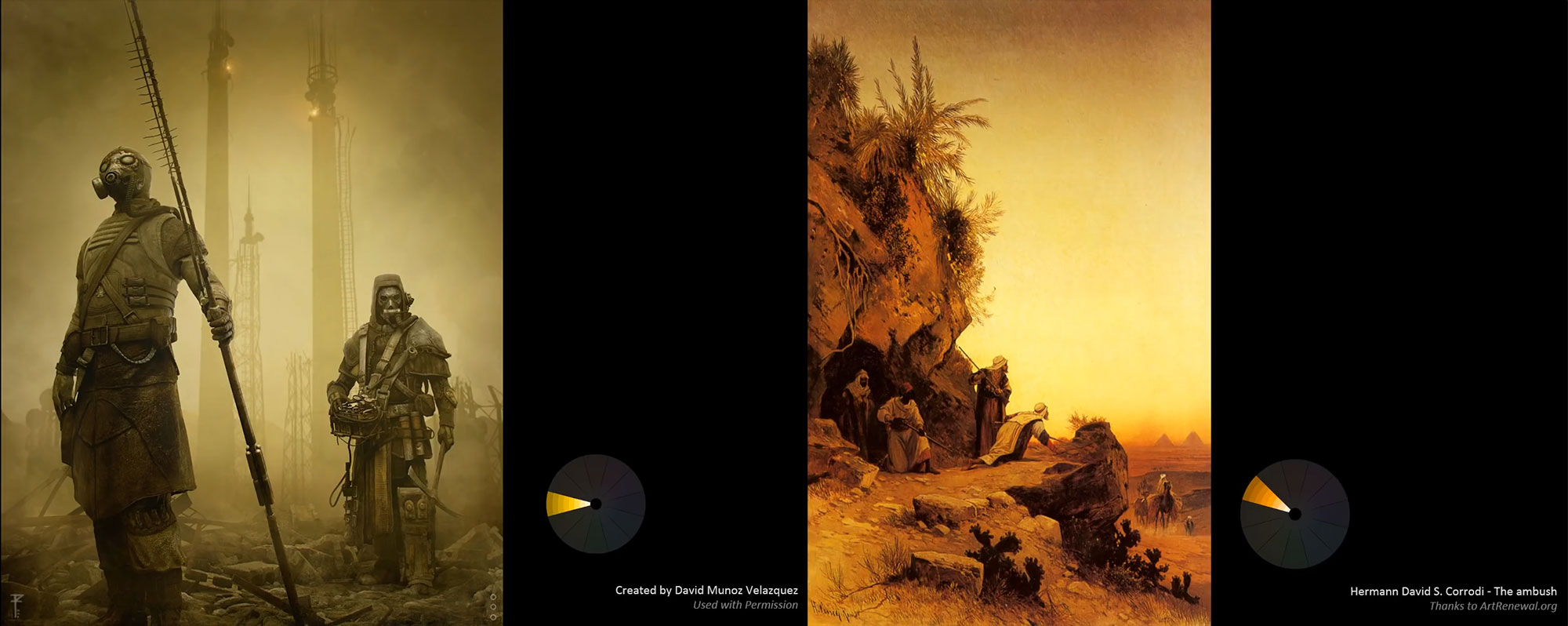
- Analogou: are groups of three colours that are next to each other on there colour
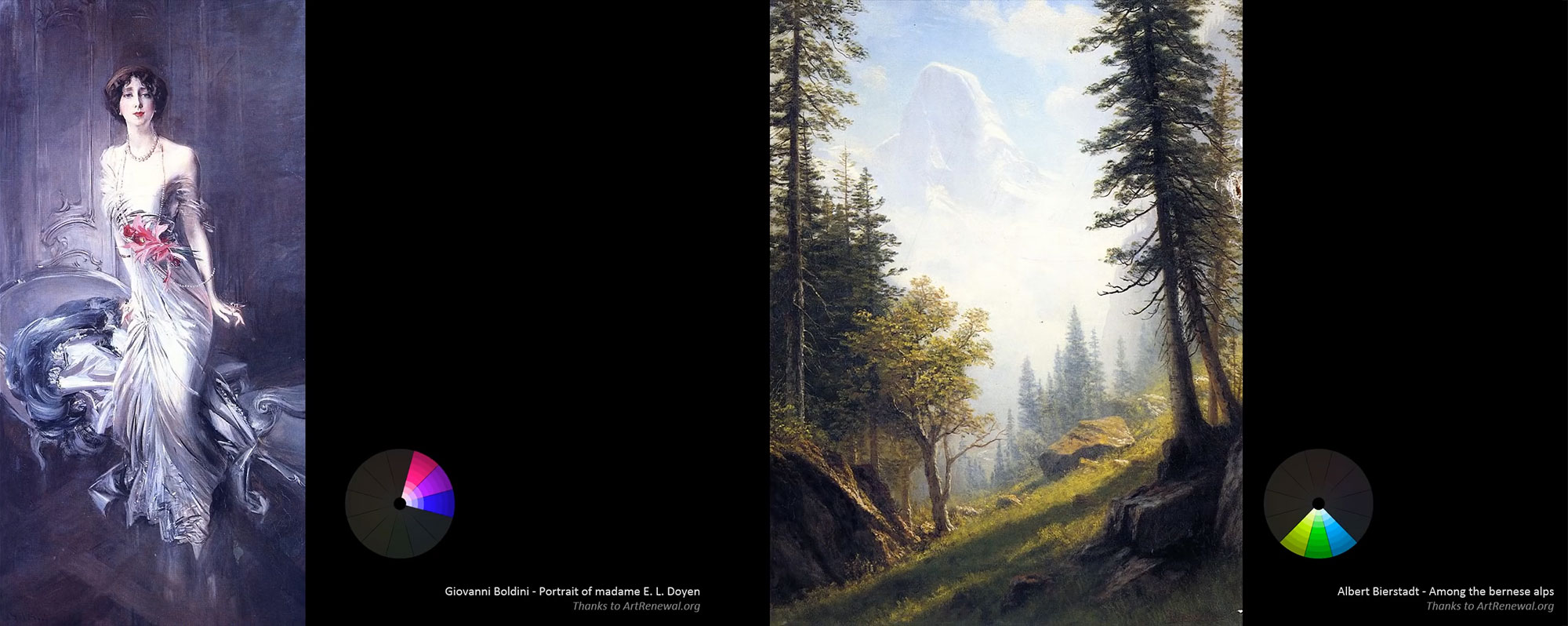
- Triadic: A triadic color scheme uses colors that are evenly spaced around the color wheel.
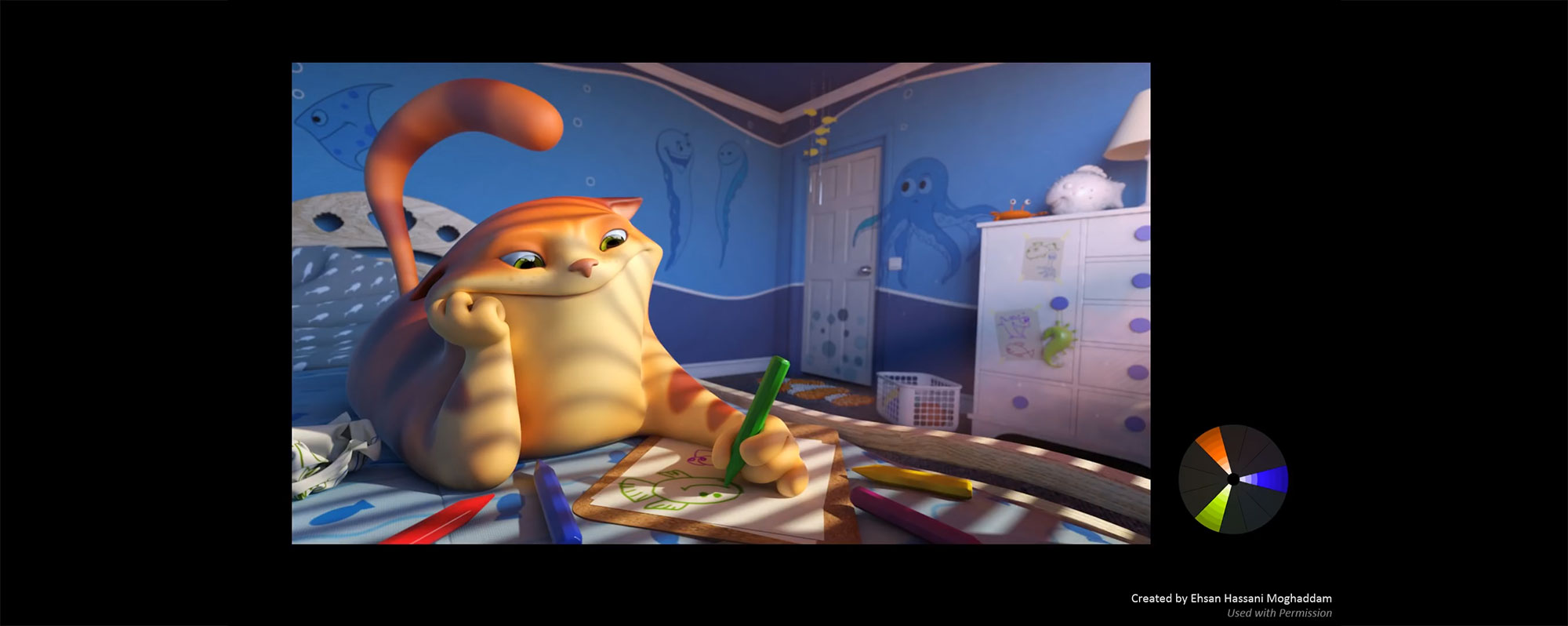
- Complementory: Colors that are opposite each other on the color wheel are considered to be complementary colors
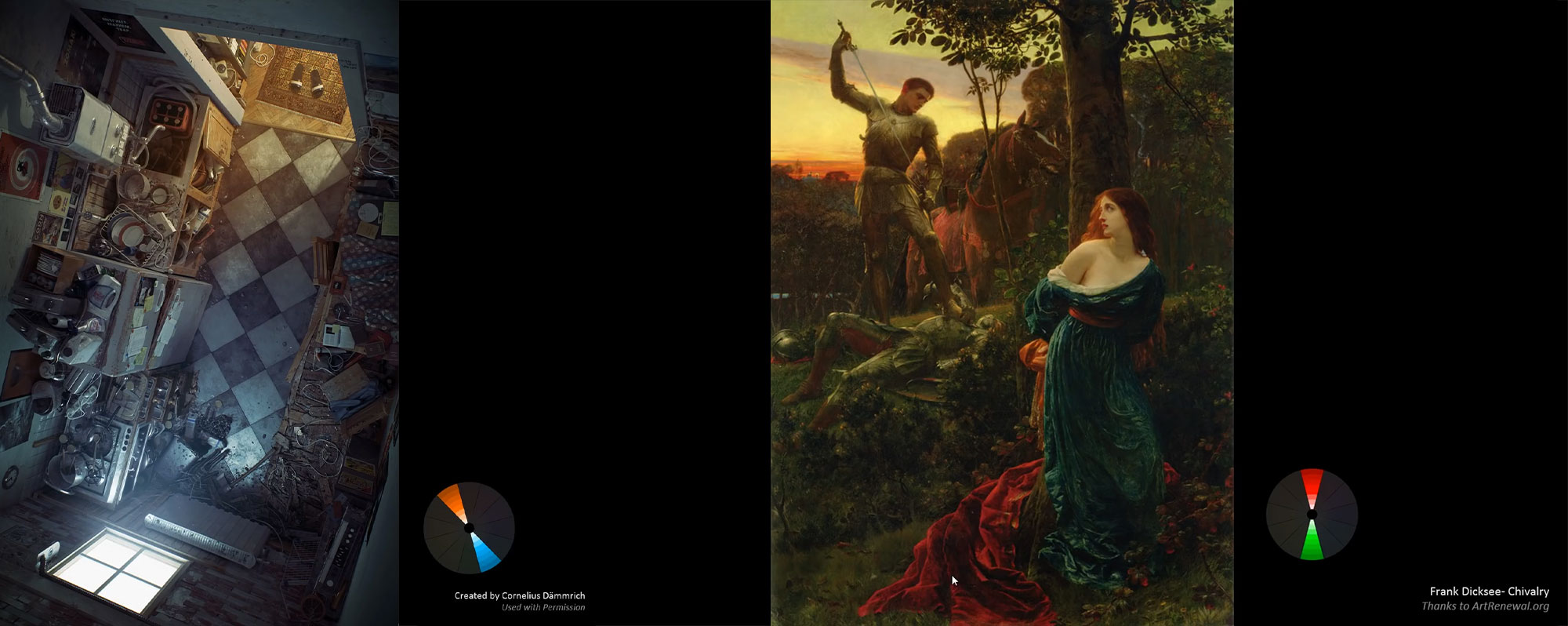
- Split Complementary: The split-complementary color scheme is a variation of the complementary color scheme. In addition to the base color, it uses the two colors adjacent to its complement.

- Tetradic: A tetrad is a color scheme, a special variant of the dual color scheme, with the equal distance between all colors. All four colors are distributed evenly around the color wheel, causing there is no clear dominance of one color. The scheme is always vibrant, nervous and colorful, there is equal tension between all colors. Tetrad is very aggressive color scheme, requiring very good planning and very sensitive approach to relations of these colors.
